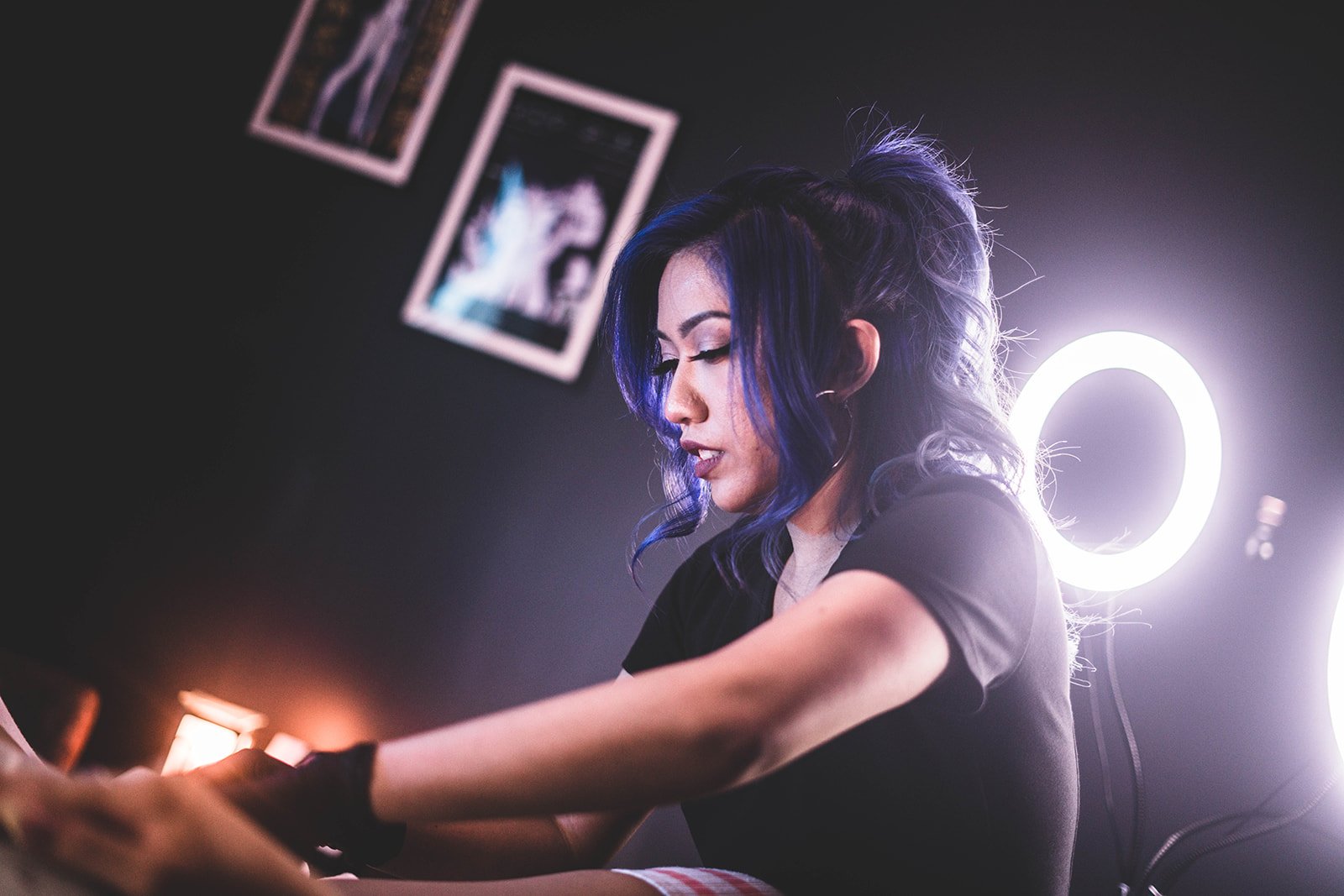Ingrown Hairs: How to Prevent and Treat Them
Waxing changed the game for everyone. And if you woke up today ready to pull the trigger on your first session, we couldn’t be more ready for you! If you struggle with razor bumps, have sensitive skin concerns, or suffer from way too many ingrowns, we have the know-how to treat all that and we’re gifting it to you, free of charge.
In this economy? That’s like, a truly coveted experience.
What causes ingrown hairs?
You’re likely no stranger to ingrown hairs. It’s extremely common to struggle with ingrowns, and they affect different people at varying frequencies and locations on the skin. There are a few angles that ingrowns like to grow in to make their presence known. And when they’re done with negative attention seeking, they try to dig their head into the sand, or skin, to disappear.
Ingrown hairs spring into existence when hair that is removed from a body part decides to curve back into the skin upon regrowth. Without proper exfoliation, you can expect ingrown hairs to occur after shaving, waxing, or any other type of hair removal. They’re pesky and annoying, and they’re the type of roommates you have to ask to do the dishes, and then they somehow break the sink and now your whole apartment is flooded!
Identifying an ingrown hair instead of a pimple
The tricky part of identifying ingrowns is mistaking them for something else, especially when that “something else” isn’t ready to be extracted. Ingrown hairs and pimples can sometimes look similar.
And every once in a while, ingrown hairs can get to be such an issue that they turn into small bumps that look blister-esque, filled with pus, and darker than the rest of your skin color. They can be itchy, cause a burning sensation, or even be swollen. You can identify a pimple by the white head that grows in the center of it, and ingrowns will look like a small, pin-sized prick on the skin.
Commonly found after hair removal
Ingrown hairs are most often found after a hair removal appointment, partially because they stick out like a sore thumb and are so much easier to see. If you see one and you’re not sure what route to take, come back to this article, or call your esthetician and pop in for a visit.
Who is more susceptible to ingrown hairs?
Even though ingrown hairs affect everyone at some point, people with curly, coarse hair are often more susceptible to them.
Preventing ingrown hairs after a waxing session
We’re living in the era of prevention. There’s an opportunity to prevent almost anything, and ingrown hairs are no exception. After a waxing session, knowing which move to make can break or build the foundation for healthy hair growth, no matter how coarse or curly your hair may be.
Exfoliate before and after your appointment
We know we sound like a broken record, but exfoliation is everything. It’s where all of your skin concerns begin and end. And when you’re dealing with issues like keratosis pilaris, or overproduction of anything in your chemistry that impacts your skin, then you know that exfoliation and moisturizing are non-negotiable. If you exfoliate 24 to 48 hours before and after your appointment, you’ll set yourself up for quicker, easier healing, void of ingrown hairs.
Use ingrown hair serums
Outside of exfoliation and moisturizing, utilizing an ingrown hair serum after your wax appointment can calm inflammation and help your skin rest after. Using an ingrown hair serum twice a day has benefits like evening skin tone and diminishing hyperpigmentation. And those are just two of the main benefits.
Moisturize often
It might be obvious that moisturizing often keeps your skin hydrated and happy, but most people neglect to apply the proper amount of moisturizer. Your skin needs hydration as much as your water intake serves the rest of your organs. So set yourself up by putting moisturizer next to your bed for your post-shower at night time wind down, or for when you’re getting ready for work in the morning.
How to treat existing ingrown hairs
Ingrown hairs are like the guy at the party you didn’t invite who tagged along with another guy who wasn’t invited but overheard the details in your chemistry class. There are a couple of clever ways to treat ingrown hairs outside of getting waxed or extracting them.
Use a warm compress to calm irritation
You’ll probably hear your mother's voice in this section, but there's a big truth behind the warm compress being a cure for many of life’s ailments. When heat and pressure are applied to anything, beautiful things unfold. The same goes for ingrown hairs and post-wax irritation. You can use a hot water bottle or a lavender oil-drenched cloth bag of dried kidney beans, no matter the delivery method, a warm compress is your irritating best friend.
Pulling the ingrown hair
If your warm compress didn’t do the trick, you can pull out an ingrown hair via a sterile needle, pin, or side of tweezers. Sanitize the area to avoid infection and once sterilized, thread your needle through the hair loop that is exposed.
Exfoliate and use appropriate products
Exfoliation is your number one fan. And viewing it as more of a partnership than an all-out war can help you reframe the way you connect with your skin and the regimen you’ve built to take care of it.
Waxing services at WAX x VIBE in Arcadia
At WAX x VIBE in Arcadia, we’re all about your success. When you win, we win. So come on down and let us help you succeed in whichever waxing service serves you best. We’re proud to connect with incredible people with all different skin types, body types, and personality types. Head over to our website if you’re ready to get started.

